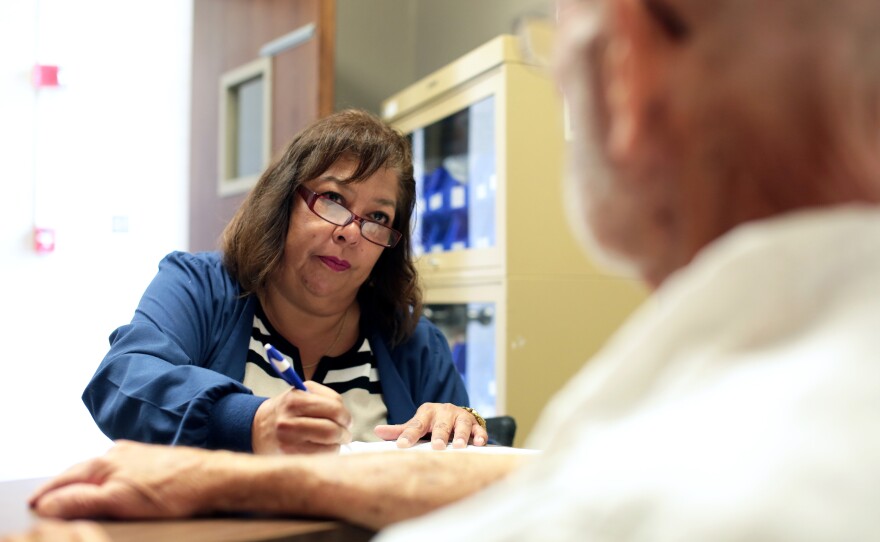For thousands of years, people have had an image of what life with leprosy is like. You might think it's been eradicated, but leprosy — now referred to as Hansen's disease — still affects hundreds of people in the U.S. every year. Many of those victims are in Texas but, with treatment, a life with leprosy is no longer a death sentence.
The disease causes disfiguring sores and nerve damage. While there's no vaccine, 95 percent of people worldwide are naturally immune to the bacteria. For the rest, there's treatment.
Linda Brown is a nurse consultant overseeing the four state clinics in Texas treating patients with leprosy. She treated her first patient with leprosy in 1968, and says patients most often associate the disease with its biblical connotations.
"I, all the time, have had patients say to me 'What have I done that is so bad that God is punishing me by giving me leprosy?'" says Brown.
While the history of leprosy in Texas doesn't stretch back to Leviticus, the disease is nothing new here.
Texas has the second highest number of leprosy cases in the U.S., behind California, according to the Centers for Disease Control's most recent data. Texas accounted for 26 of 213 new cases in 2009. The agency calls Texas' relatively high numbers historically normal because, strangely enough, of one of the state's most iconic and prolific animals: armadillos. The disease has been carried by the nine-banded Armadillo since the 18th century.
Scientists haven't been able to determine why some armadillos carry the leprosy bacteria. They also don't know if the armadillos transmit the bacteria to humans or if the bacteria is in the soil and both humans and armadillos get infected.
Treatment, however, has advanced. A mix of antibiotics for one or two years will cure most of the cases in Texas every year. But, because of the disease's infrequent occurrence, many doctors don't know the symptoms and often miss it entirely.










